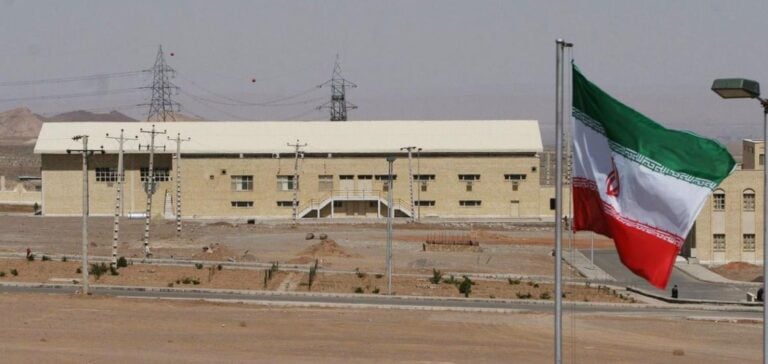Iran has taken a significant step forward in its nuclear program by operationalizing thousands of advanced centrifuges, according to Mohammad Eslami, the head of Iran’s Atomic Energy Organization. This move directly responds to a recent resolution by the International Atomic Energy Agency (IAEA), which criticized Tehran’s lack of cooperation with international controls.
Eslami stated on national television that “the gasification of thousands of next-generation centrifuges has begun, and these machines are now operational.” He added that this reciprocal measure is part of a strategy to counter the confrontations and pressures imposed by Western powers, including France, Germany, the United Kingdom, and the United States, who initiated the IAEA resolution.
Iran’s uranium enrichment program, now reaching up to 60%, remains a significant source of international concern. While commercial enrichment levels for nuclear power plants typically stay around 5%, Iran also produces uranium enriched to 20% for specific purposes. These enrichment levels, despite Tehran’s claims of peaceful intentions, raise fears of potential military applications.
Advanced technology and enhanced efficiency
Iran’s current priority is to optimize its enrichment process using more advanced machines. These centrifuges, capable of achieving higher Separative Work Units (SWU), offer significantly better performance while being more cost-effective, according to Eslami.
Modern separators allow for increased efficiency, a critical characteristic in the technological competition around nuclear energy. Although Iran asserts the peaceful nature of its nuclear program, advancements in this technological domain are closely monitored by the international community.
The position of the International Atomic Energy Agency
The IAEA, which recently adopted a resolution criticizing Iran’s transparency, urges the country to demonstrate the exclusively peaceful nature of its program. Member states of the agency are particularly concerned about the potential implications of high enrichment levels and the use of next-generation centrifuges.
Iran, meanwhile, maintains that it is not pursuing nuclear weapons. However, the IAEA has reported elements suggesting that some of Iran’s nuclear activities are not exclusively for civilian purposes.
International implications and perspectives
These developments could have significant repercussions on international relations and negotiations over Iran’s nuclear program. As tensions rise, Iran appears determined to pursue its nuclear technology goals while showcasing its ability to respond to external sanctions and pressures with equivalent measures.






















